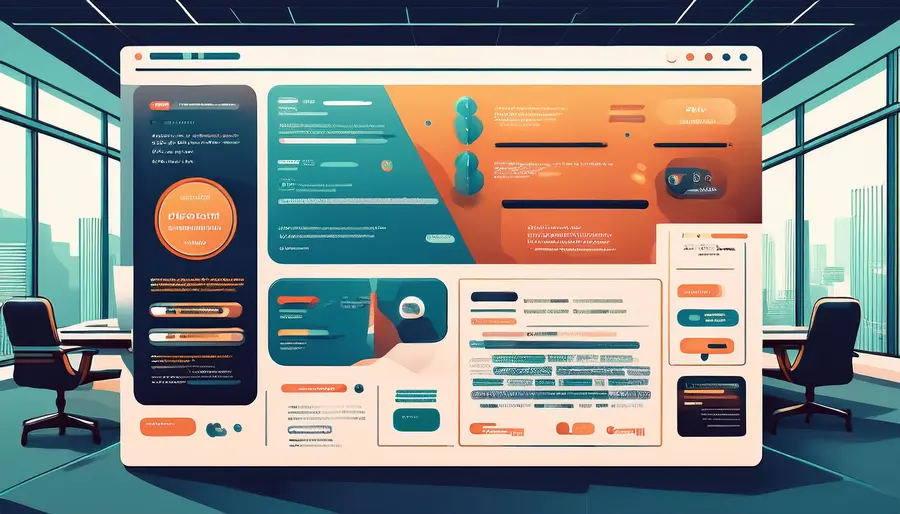
Category: IT Professionals
-

Posted Date:
By:
Alec AsgariHow to optimize continuing education with online course/webinars
online courses and webinars: 1Set Goals Before diving into the plethora of online learning options, it’s crucial to define your educational goals. Are you looking…
-

Posted Date:
By:
Alec AsgariHow establish – uphold client relationship as IT service leader
IT service leader: 1Listen First Listening to your clients is the cornerstone of any successful relationship. In IT services, this means going beyond technical support…
-

Posted Date:
By:
Alec AsgariHow you can effectively solve complex problems as an IT professional.
problems as an IT professional: 1Define Issue: Problems as an IT professional To begin tackling any complex IT problem, you must first clearly define what…
-

Posted Date:
By:
Alec AsgariHow you can navigate freelancing or consulting in IT services after a layoff.
freelancing or consulting in IT services: 1Assess Skills Begin your freelancing journey by taking stock of your IT skills and expertise. Identify your strengths and…
-

Posted Date:
By:
Alec AsgariHow you can transform negative feedback into a valuable learning experience as an IT professional.
negative feedback for an IT professional: 1Embrace Criticism When faced with negative feedback, your first reaction might be defensive. Instead, take a deep breath and…
-

Posted Date:
By:
Alec AsgariHow you can navigate the common productivity pitfalls as an IT professional.
1Prioritize Tasks Productivity pitfalls as an IT professional: In the realm of IT, where urgent issues can arise at any moment, it’s vital to master…
Search
About

Lorem ipsum dolor sit amet, consec tetur adipiscing elit. Maecenas odio lacus, dignissim sollicitudin finibus commodo, rhoncus et ante.




